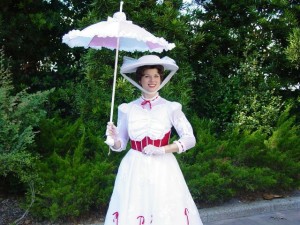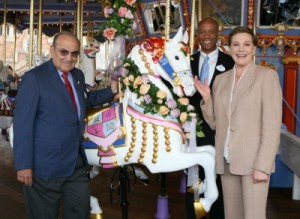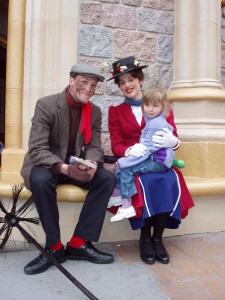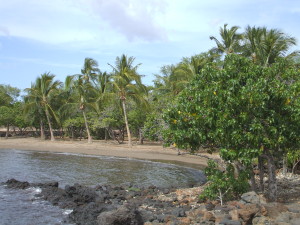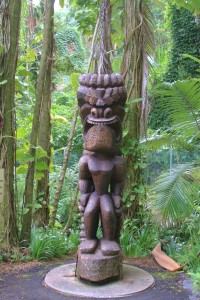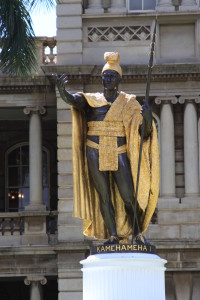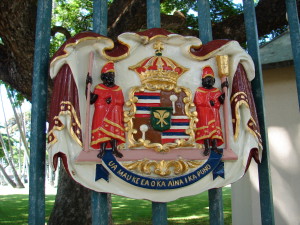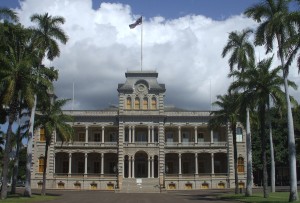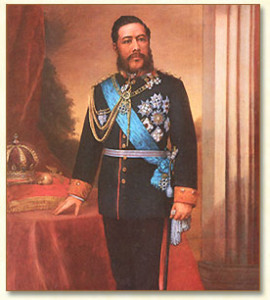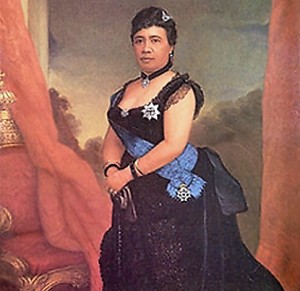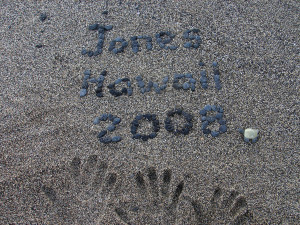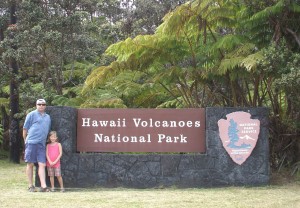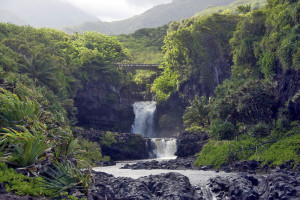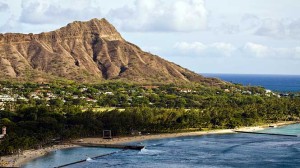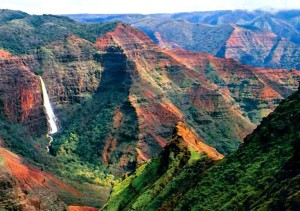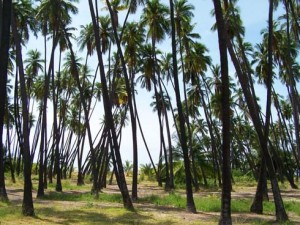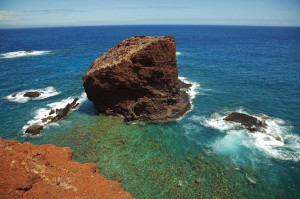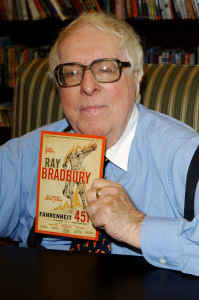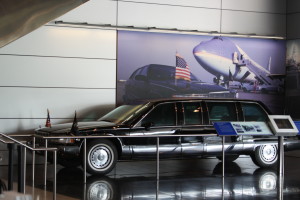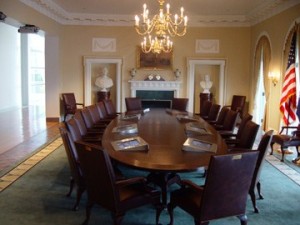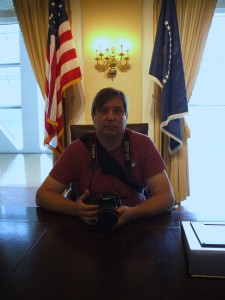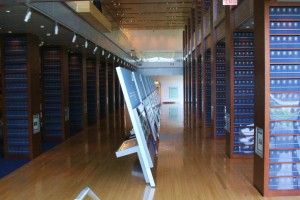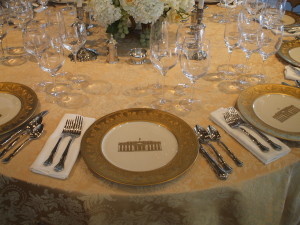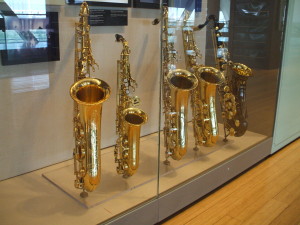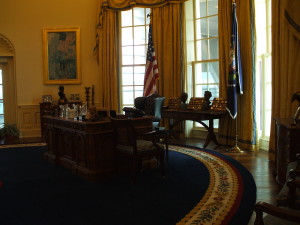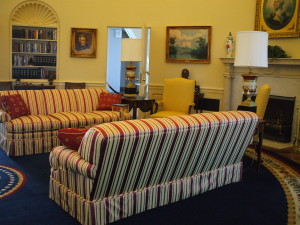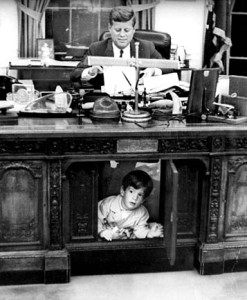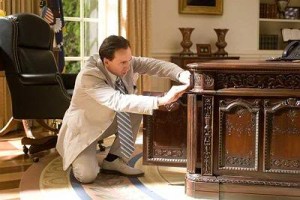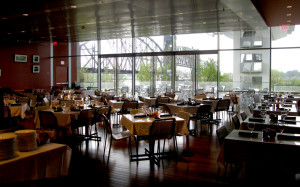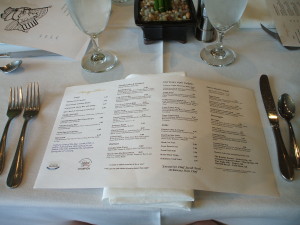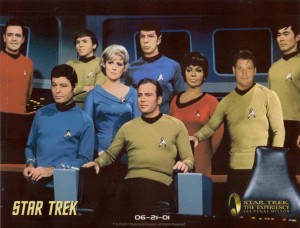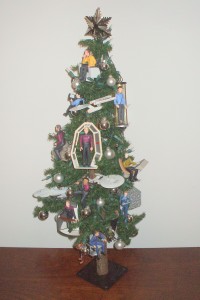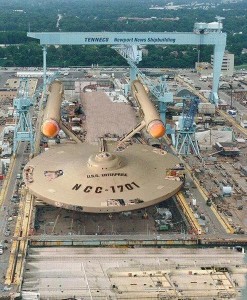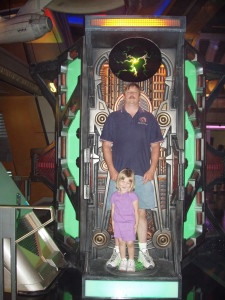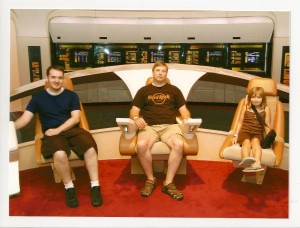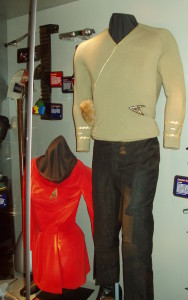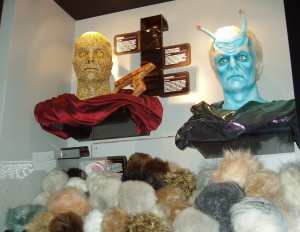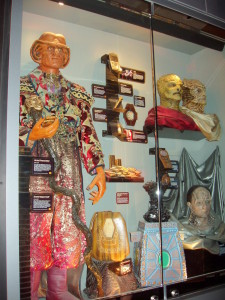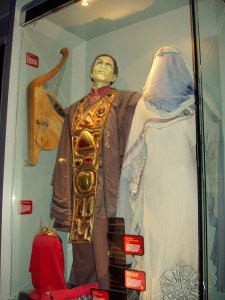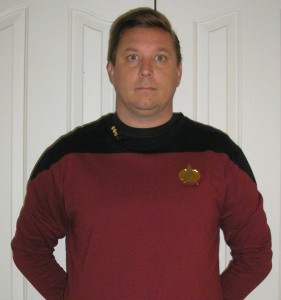Today marks the theatrical release of the classic Disney movie, “Mary Poppins”, on August 26, 1964. Living in California at the time, I remember my Mom taking us to the premiere at the Grauman’s Chinese Theater in Hollywood. It was a star-studded event and seemed so glamorous and it was very exciting to see Julie Andrews and Dick Van Dyke the stars of the movie but the best part was seeing Walt Disney!! What a wonderful memory!!
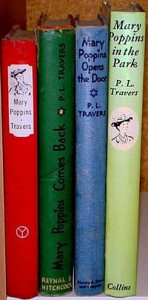 Helen Lyndon Goff (born: August 9,1899 died: April 23,1996) was an Austrailian novelist, actress and writer that emigrated to England in 1924 where she wrote under the pen name P.L. Travers. In 1933 she began writing a first book in a series of children’s books about a magical English nanny called the Mary Poppins. The first book was published in 1934 followed by several more books throughout the years with the last book being published in 1989. Briefly, the story was about the Banks family who lived at Number 17 Cherry Tree Lane in London and their extraordinary nanny that blows into their lives on the winds of the east arriving with her carpetbag and umbrella with the parrot head handle. Quickly the children learn that Mary Poppins might appear to be stern, vain and very proper but she really has a magical quality that becomes apparent as the story unfolds. But, Mary Poppins is only there temporarily and when she is satisfied that her work has been done teaching the Banks family some important lessons she leaves just as suddenly as she first appeared on their doorstep but now leaves on the winds west.
Helen Lyndon Goff (born: August 9,1899 died: April 23,1996) was an Austrailian novelist, actress and writer that emigrated to England in 1924 where she wrote under the pen name P.L. Travers. In 1933 she began writing a first book in a series of children’s books about a magical English nanny called the Mary Poppins. The first book was published in 1934 followed by several more books throughout the years with the last book being published in 1989. Briefly, the story was about the Banks family who lived at Number 17 Cherry Tree Lane in London and their extraordinary nanny that blows into their lives on the winds of the east arriving with her carpetbag and umbrella with the parrot head handle. Quickly the children learn that Mary Poppins might appear to be stern, vain and very proper but she really has a magical quality that becomes apparent as the story unfolds. But, Mary Poppins is only there temporarily and when she is satisfied that her work has been done teaching the Banks family some important lessons she leaves just as suddenly as she first appeared on their doorstep but now leaves on the winds west.
Walt Disney attempted to purchase the film rights as early as 1938; his daughters had enjoyed the Mary Poppins books he had made a promise the story into a movie. Travers had long been resistant to any film adaptations of her Mary Poppins books and she had felt that a film version would not be able to do justice to the character and she definitely did not want an animated cartoon version. Finally in 1961 Disney had persuaded Travers to consent to granting the film rights with full script approval. Once Disney obtained the film rights to Mary Poppins the planning, composing the music and movie productions took over two years. Julie Andrew was cast as Mary Poppins and Dick Van Dyke as Bert the charming chimneysweep. The movie was based on the adventures of Mary Poppins and the Bank family that were taken from the first three books. The memorable songs in the movie were written by the famous Sherman Brothers, who can forget “Supercalifragilisticexpialidocious”.
Travers had a very rocky relationship with Disney and felt that she was treated in a discourteous manner at the film’ premiere and ultimately was dissatisfied with the 1964 movie specifically the animated portion of the movie and she refused to allow any of her other stories filmed. Travers eventually agreed to sell the stage rights to the London theater producer Cameron Mackintosh. The agreement given (per her will) was that only English-born writers, specifically no Americans and in particular no one involved in the previous film production, were to directly be involved in the creative process of the stage musical. The world premiere of the Disney Theatrical stage adaption took place at the Bristol Hippodrome in England in 2004 and later the production was moved to London’s West End were it ran for three years before closing in 2008. In 2006 the musical was performed on Broadway in the United States and the show ran until 2013. (Our family was very fortunate to see the musical performed by one of the national companies in 2009 at the Cadillac Theater in Chicago, IL – it was wonderful performance and thoroughly entertaining!)
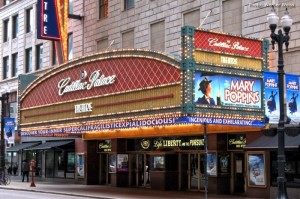
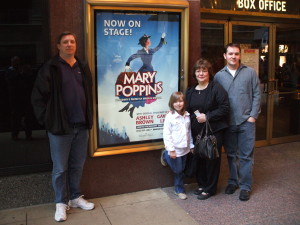
There is a great book called “Mary Poppins, She Wrote” by Valerie Lawson published in 2008 which is a biography about Travers. The book was originally published in 199 under the title, “Out of the Sky She Came”. The new Disney movie, “Saving Mr. Banks” starring Tom Hanks as Disney and Emma Thompson as Travers that is being released in December 2013 is based on this book. The movie shifts focus between Travers childhood years in Australia, then during the negotiation process with Disney and follows through with the making of the movie in the 1960s. The title of the book/movie refers to Travers father who was the inspiration for Mr. Banks.
“Mary Poppins” Disney Trivia
- Originally Disney considered Mary Martin or Angela Lansbury for the part of Mary Poppins given the stern portrayal of the character in the books.
- When Disney had seen Julie Andrews on the Ed Sullivan show in 1961 singing the songs from “Camelot” which she was currently starring in the Broadway musical productions and he knew that he might have his Mary Poppins. A month later Disney flew to New York to see Andrews backstage after one of her shows to speak with her about the movie. Andrews was reluctant, holding out for a part in the Warner Brothers movie adaption of “My Fair Lady”, and Disney invited her out to California to visit the Walt Disney Studios and consider the part. Still hesitate to play Mary Poppins she only agreed to play the role after Warner Brothers announced they had cast Audrey Hepburn in “My Fair Lady”.
- Travers was very adamant that in the film version of her stories there should be no suggestion of any romance between Mary Poppins and Bert.
- Over 100 glass and matte paintings were used in the film’s production to recreate the London skyline.
- Prior to the premiere of “Mary Poppins”, the last time Disney attended a movie premiere was in 1937 for “Snow White and the Seven Dwarfs”.
- Walt Disney regarded “Mary Poppins” as one of the finest achievements of his movie career.
- At the 1964 Golden Globes Awards, Julie Andrews won the Best Actress award for “Mary Poppins” and in her acceptance speech she very sweetly “thanked” Jack Warner for his faith in her, this was a subtle yet classy jab at him for not casting her in the movie “My Fair Lady”. Andrews also won the Oscar for Best Actress at the 1964 Academy Awards.
- Some of the filming of the 2001 Disney movie “Princess Diaries”, in which Julie Andrew played Queen Clarisse Renald, was shot on the same Disney sound stage in Burbank that “Mary Poppins” was filmed. There is a plaque on the soundstage to commemorate the 1964 musical.
- At Disneyland in Anaheim, CA there is the King Arthur Carrousel in Fantasyland. The lead horse is named Jingles with beautiful carvings that include straps of jingle bells hanging from her saddle, she was Walt’s favorite. The horse is very similar to the one that Mary Poppins rides in the fantasy section of the movie. For Disneyland’s 50th anniversary in 2005 Jingles was repainted entirely in gold and trimmed in 18k gold leaf.
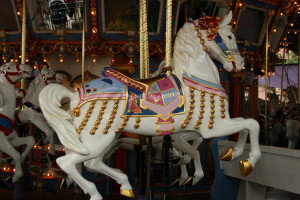
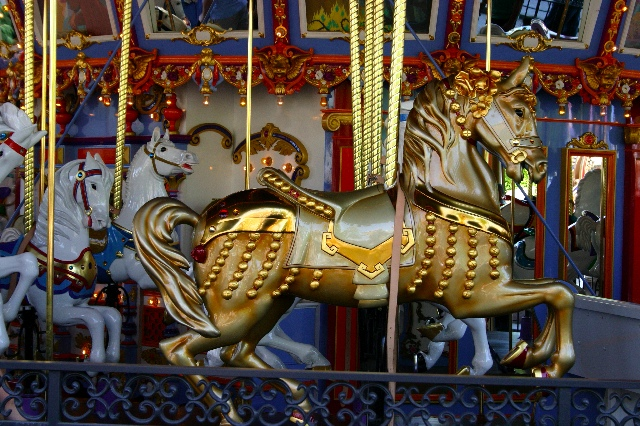
- Then later Jingles received a refurbishment the saddle decoration details were painted on the saddle blanket with ironic parrot head umbrella from Mary Poppins. On the knee pad of Jingles there is a crest that is divided into four sections with a monogram “JA” (for Julie Andrews), a robin perched at the top high button shoes, the silhouette of Mary Poppins flying and the number 50 for the 50 Magical Years of this original Disneyland attraction. Jingles was officially dedicated to Julie Andrews in 2008 as “Honorary Ambassador to Disneyland and the title is painted beneath the Hidden Mickey on the horses’ saddle.
Personal Note: Disney characters can be found daily throughout Disneyland and they will stop to greet guests and sign autographs. While we were visiting Disneyland in 2005 we saw the characters of Mary Poppins and Bert. Cassie approached them for their autograph and Mary Poppins had her sit on her lap and she started singing “Feed the Birds” from the movie – it was such a sweet and wonderful moment and this is the photo taken on that day!

